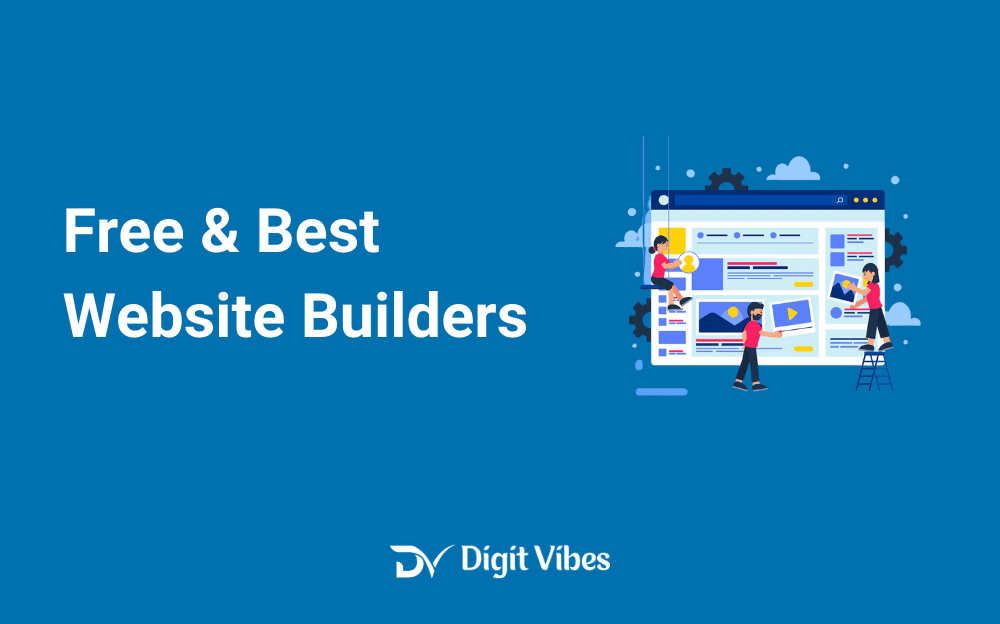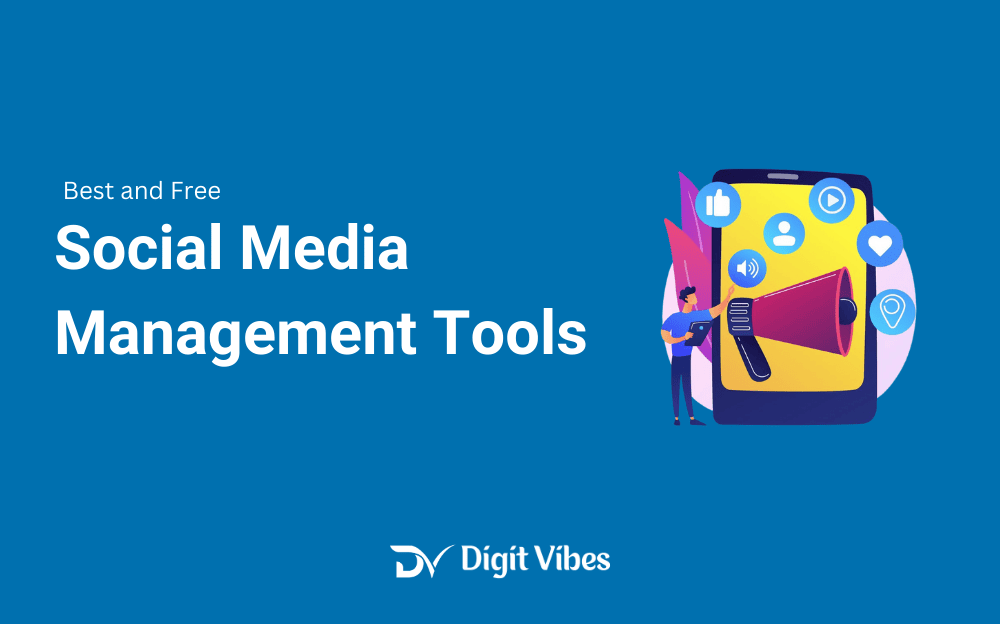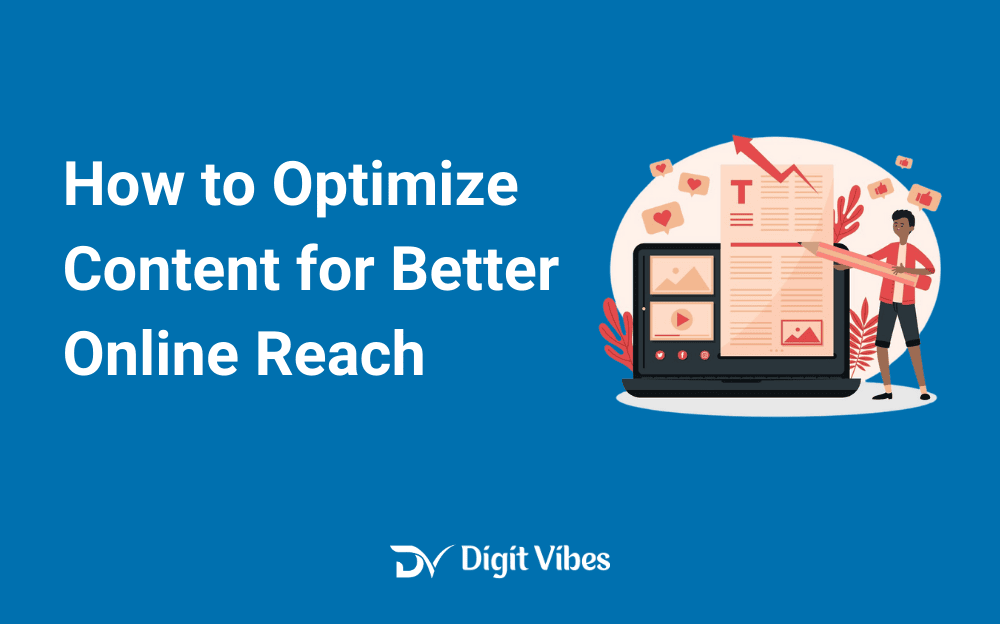
Creating great content is only half the battle. To truly maximize your online reach, your content needs to be optimized so it can be easily discovered and shared by your target audience.
Let’s explore how you can optimize your content effectively to expand your online presence and connect with more people.
Understanding Your Audience
Before you start optimizing, it’s crucial to understand who your audience is. What are their pain points? What kind of content do they prefer? By understanding your audience, you can tailor your content to meet their needs, which increases the likelihood of engagement and sharing.

Use tools like Google Analytics, social media insights, and surveys to gather data about your audience preferences.
Keyword Research: The Foundation of Optimization
Keywords are the backbone of content optimization. They help search engines understand what your content is about and match it with relevant queries.
Start by conducting keyword research to find the terms your audience is searching for. Tools like Google Keyword Planner, SEMrush, and Ahrefs can help you identify keywords with high search volume and low competition.
Once you have your keywords, naturally incorporate them into your content. This includes the title, headings, meta descriptions, and body text. But remember, keyword stuffing is a no-go.
Google’s algorithms are smart—they prioritize content that is valuable to readers over content that is stuffed with keywords.
Crafting Crunchy Headlines
Your headline is the first thing people see, and it determines whether they’ll click through to read your content. A compelling headline is crucial for both SEO and engagement.

Aim for a headline that is clear, concise, and includes your primary keyword. However, don’t sacrifice creativity—your headline should also be intriguing enough to entice readers to click.
Optimizing for Featured Snippets
Featured snippets are those boxes that appear at the top of Google search results, providing a brief answer to a query.
Getting your content featured here can dramatically increase your visibility and drive traffic to your site. To optimize for featured snippets, focus on creating content that answers common questions clearly and concisely.
Use bullet points, numbered lists, and direct answers to improve your chances of being featured.
Using Internal and External Links
Internal and external links are essential for content optimization. Internal links help guide users to other relevant content on your site, increasing their time on your site and improving your SEO. They also help search engines crawl your site more effectively.
External links, on the other hand, point to high-quality, authoritative sources that support your content. This not only provides value to your readers but also signals to search engines that your content is well-researched and trustworthy.
Optimizing Images and Multimedia
Images, videos, and other multimedia elements make your content more engaging, but they also need to be optimized. Use descriptive file names and include alt text that incorporates your keywords.
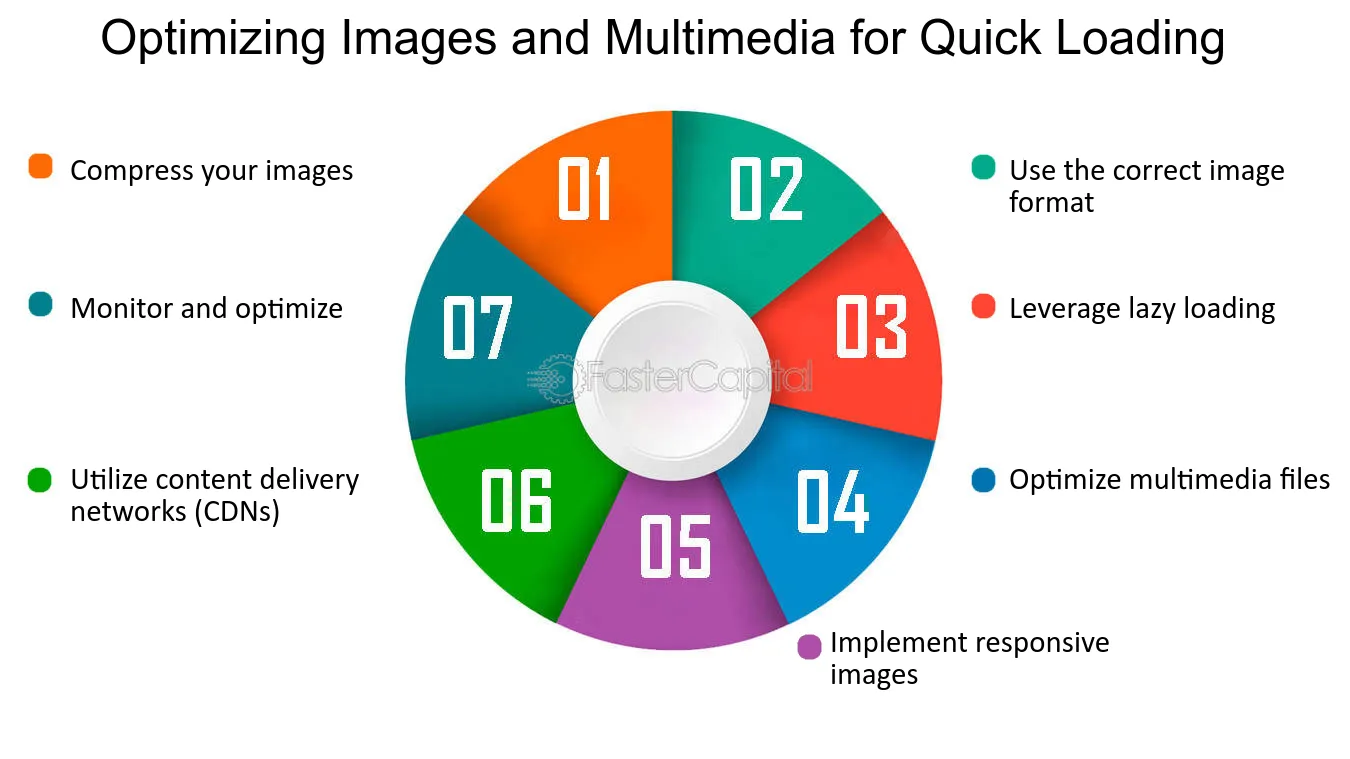
This helps search engines understand what the media is about, which can improve your rankings in image search results.
Additionally, make sure your media files are compressed so they don’t slow down your page load times.
Enhancing Mobile-Friendliness
With more people browsing the web on their mobile devices, optimizing your content for mobile is non-negotiable. Ensure that your website is responsive, meaning it adapts to different screen sizes.
This not only improves the user experience but also boosts your rankings, as Google prioritizes mobile-friendly sites in search results.
Social media is a powerful tool for amplifying your content’s reach. Share your content across all relevant platforms and encourage your audience to do the same.
Use attention-grabbing visuals, engaging captions, and relevant hashtags to increase visibility. You can also repurpose your content into different formats, like infographics or videos, to reach a broader audience.
Monitoring and Analyzing Performance
Optimization doesn’t stop once you hit publish. It’s important to monitor how your content is performing and make adjustments as needed.
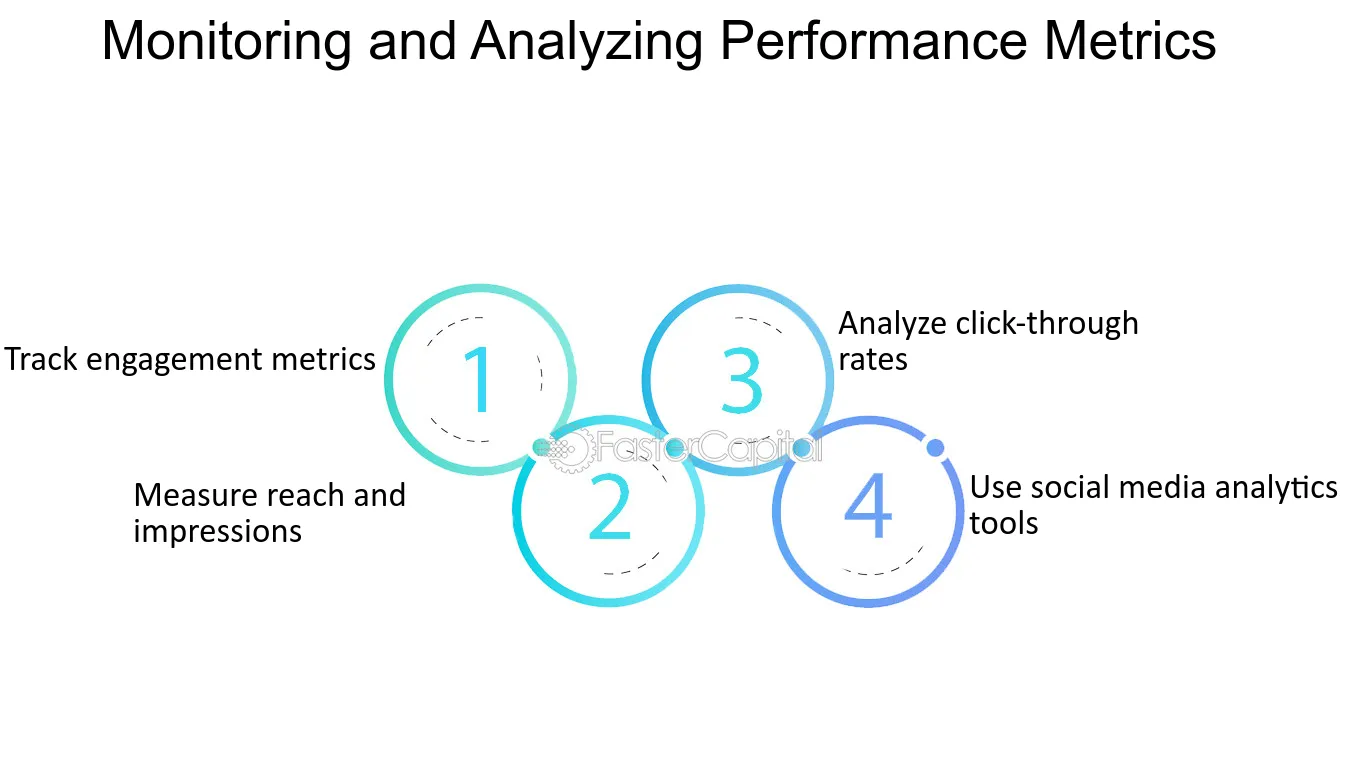
Use tools like Google Analytics, SEMrush, and social media insights to track metrics like traffic, bounce rate, and social shares. This data will help you understand what’s working and what’s not, allowing you to refine your strategy for even better results.
The Power of Consistency
Finally, consistency is key when it comes to content optimization. Regularly publishing high-quality, optimized content signals to both your audience and search engines that your site is active and valuable.
Create a content calendar to keep yourself on track, and don’t be afraid to update older content to keep it fresh and relevant.
Final Thoughts — Keep Improving, Be Consistent!!
Optimizing content for better online reach is all about understanding your audience, using the right keywords, and leveraging various SEO techniques to make your content discoverable.
By adding Impressive headlines, optimizing for featured snippets, and enhancing mobile-friendliness, you can boost your content’s visibility and engage a larger audience.
Remember, content optimization is an ongoing process that requires consistent effort, but the rewards—greater reach, higher rankings, and increased engagement—are well worth it.
So, roll up your sleeves and start optimizing your content today!


